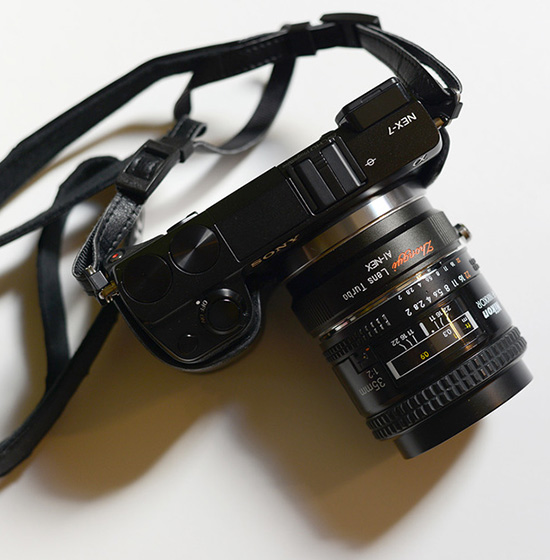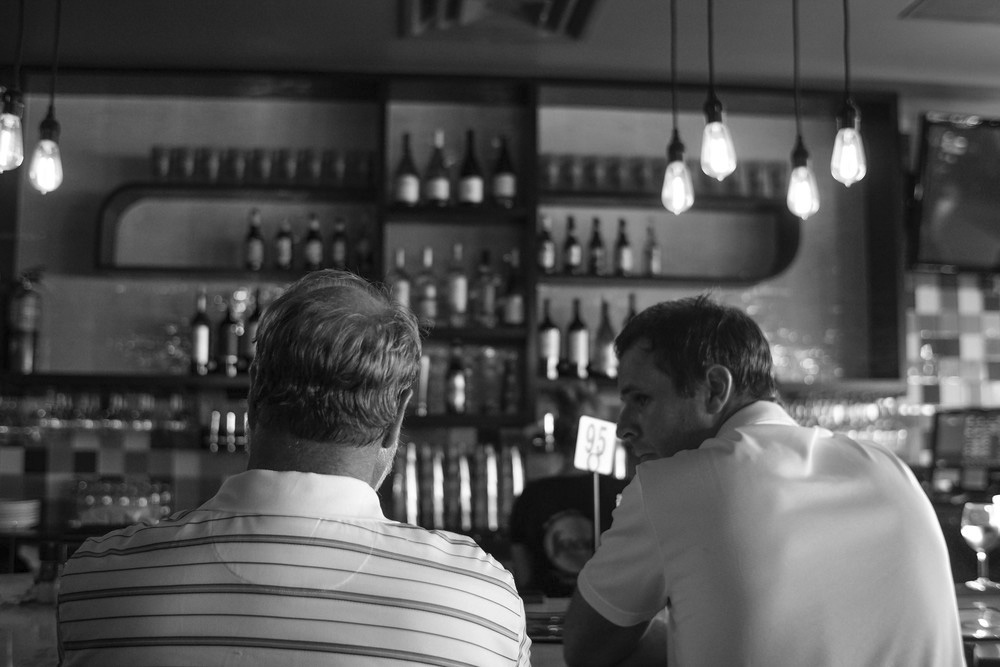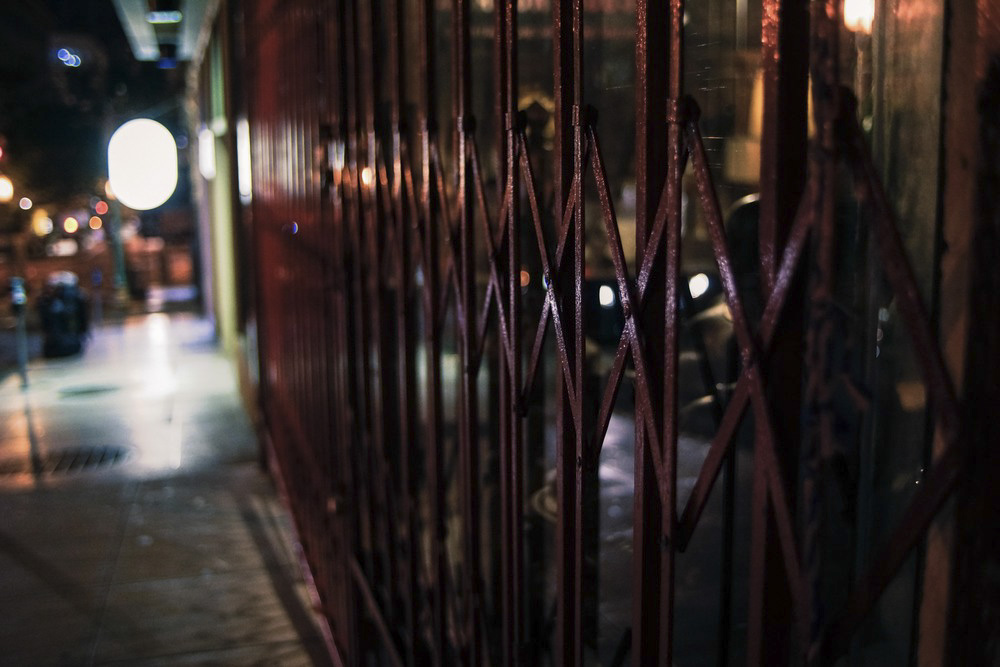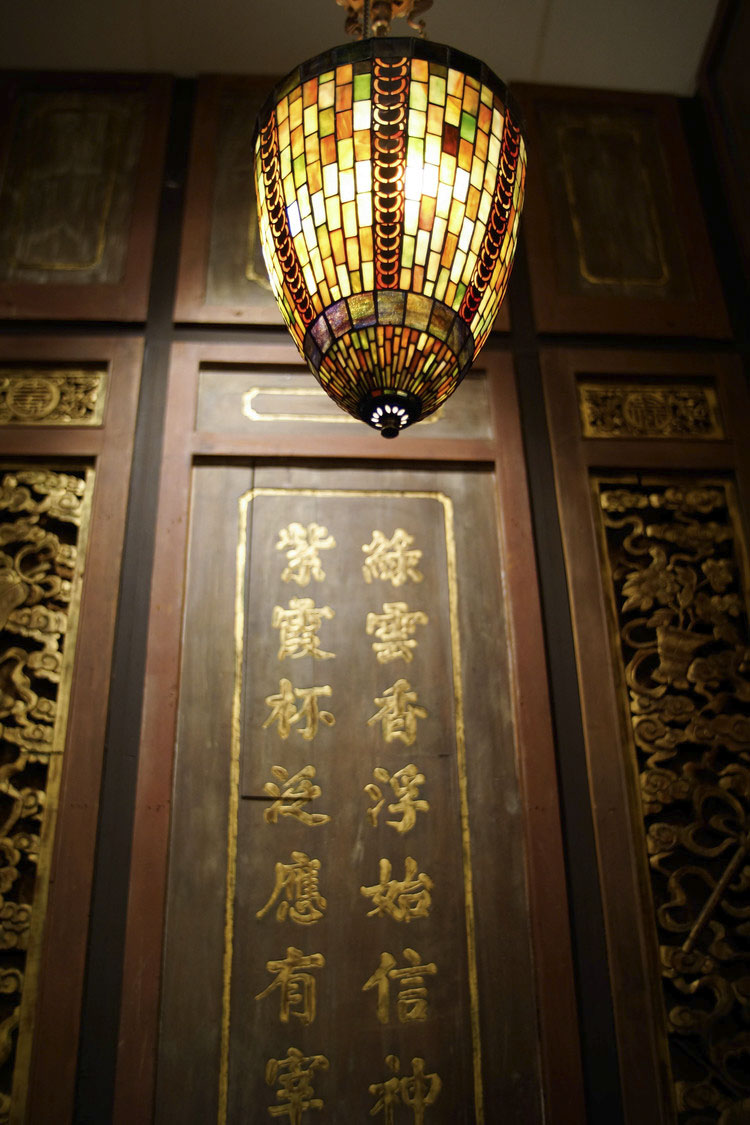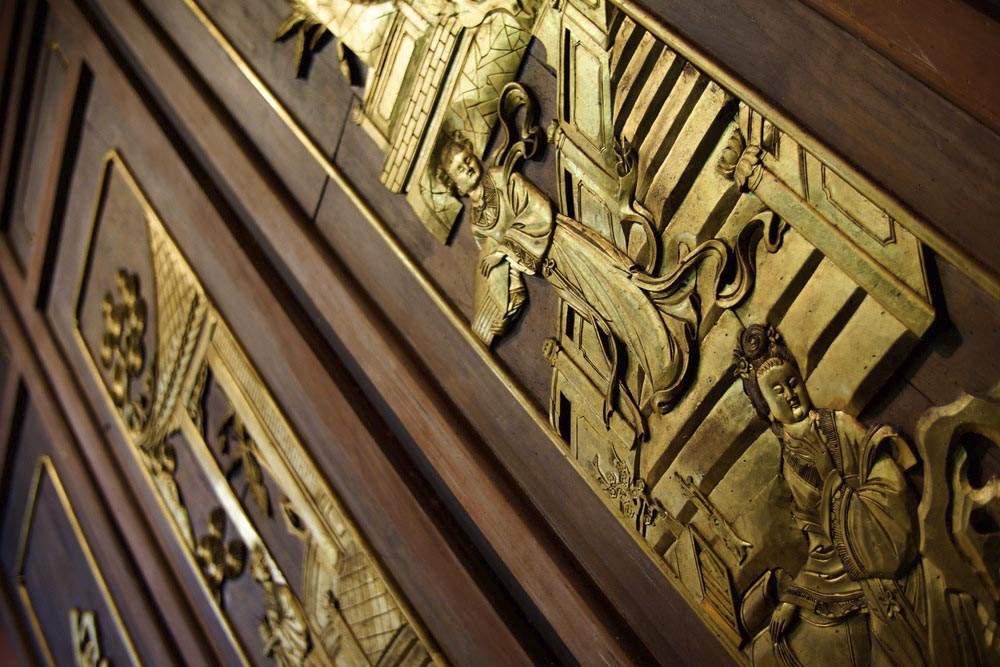Today’s guest post on the Nikon F-mount to NEX Lens Turbo focal reducer adapter is by Ainga:
To begin this post, I will say that I was highly skeptical of the quality of the optics from an unknown glass company from China called Zongyi, a.k.a. Mitakon. I was intrigued with the thought of transforming my NEX to a full frame camera without waiting a year for the NEX 9, I decided to give the Lens Turbo a try.
First off, the Lens Turbo is a focal reducer. The function of this adapter is to reduce the image projected by a full frame lenses to fit within the area of an APS-C size sensor; effectively eliminating the 1.5x or 1.6x crop factor. To say the least, wide angle lenses will stay wide angle with the angle of view comparable of a full frame 35mm camera.
Secondly, the light gathering capability of the lens will be enhanced by approximately one stop. The Nikkor 35mm F2D with the Lens Turbo have the light gathering power and the DOF of a 1.4 lens. Freaking magic.
Some online commentators claimed that the Len Turbo is a copy or a knockoff of a more expensive Speedbooster. I am quite sure that this is untrue, as the reduction ratio of two FRs is different, with the Lens Turbo coming in at x0.726 versus the SpeedBooster at. x0.71. That is suggestive of a completely optical formula used in the Lens Turbo.
Full disclosure: I DO NOT have any personal or commercial relationship with the makers of the products mentioned. I am only doing an impartial report with the inclusion of my personal observations with a copy of the Lens Turbo purchased on eBay with personal funds.
The samples are shot with the Nikon 35mm F2 AF and the Nikon 105mm F2.5 AI on the Sony NEX 7 at F2 to F4 aperture. Minimal post processing WITHOUT changes in sharpness or clarity.
My Take on the Lens Turbo
The build quality is great. It feels solid and have a hefty weight to it, which to me is a good thing. The optical performance is much better than I expected, opening up numerous possibilities for the NEX line. Since the NEX 7 isn’t a low-light monster and the AF not the quickest of the bunch, I have no problem going full manual with the Lens Turbo especially when I benefit from an extra stop of light! Moreover, I am a true admirer of the look and feel of chemical based film that I think modern CMOS sensors generally fail to render. Using the Lens Turbo adapter somehow brings that filmic quality back to the NEX 7 straight out of the camera.
The Good
The build. All metal construction and solidly build; confidently attaches to the camera and lens. Good weight balance on the NEX 7 body.
Image Quality. The high quality optics preserve the goodness of a lens. From what I see in the samples, the base performance of the lens is preserved in terms bokeh and sharpness. However, the opposite is also true. The “flaws” exhibited in a lens will also show up, notably chromatic aberrations when shooting wide open. Use with caution and slap the best lens you can afford for best results.
Vignetting is Well Control. Vignetting does exist but not much more than the natural vignetting from the lens.
Virtually No Distortion. Although this evaluation isn’t scientifically based, I did not detect any distortion during use.
The Neutral
Improvement on the optical design. In low light scenes with areas of direct, bright light source, I did encounter the appearance of “flares”. They are a slightly bluish halo-like smudge around a high contrast light source. In all fairness, I only encounter this issue in a couple out of a batch of more than a hundred shots.
Stiff Mounting Ring. It took more effort than usual to mount or dismount the lens from the F-mount side of the adapter. However, the NEX mounting ring was smooth and did not exhibit any stiffness.
All Manual Setting. For me, I don’t mind shooting all manual. For others, this maybe a drawback. A useful tip for NEX users: the peaking feature is your friend!
The Bad
The packaging. I am usually not very picky when it comes to the packaging. When I first inspected the Lens Turbo minutes after the unboxing, I discovered little black flakes inside the adaptor. They resemble metal shaving which really made my heart sink for a moment. Then I realized that they were soft debris from protective black foam that the adaptor was shipped in. The debris were easily removed with a blower and a brush.
UPDATE: I received a useful tip from a DP member (emailsucks98) to ensure proper function of the aperture.
- The lens aperture has to be fully open when mounting
- Align the red dot on the lens with the red dot on the LT
- Rotate the lens 1/8 turn CW (photographers perspective) until the red dot on the lens aligns with the yellow dot on the LT. The lens should now sit flat on the Lens Turbo.
- Rotate the lens 1/4 turn CCW until lens locks into place
Conclusion
User experience score: 4.5 out of 5. Highly recommended. Get one if you can. The Lens Turbo literally propelled the NEX 7 to a whole new level — the photos are more film-like with shallow DOF rivaling a massive full frame DSLR camera. The freedom to choose among the 40+ years of optical masterpieces in Nikon’s F-Mount lens lineup is exhilarating given the limited E-mount offerings. Shooting all manual with the tactility of adjusting the aperture and the focus ring bring back memories of the simplicity of photography with a film SLR. I simply can’t wait to get my hands on excellent and interesting lenses like the Nikon 50mm F1.2 for my NEX 7!
Feel free to leave your comments or questions below. Follow me on Facebook or Twitter.
Note: realize that I gave it a 4.5 “User Experience Score” derived from combining the ENTIRE EXPERIENCE when using the Lens Turbo. Optical performance, build quality, design, tactility, and the overall enjoyment was taken into consideration when giving the score because I truly believe the usefulness of a tool should be based on more than pixel peeping test charts alone ; )
If you the type who likes test charts, I am sure that there are resources on the net to satisfy the scientific minds.
Sample images
This article was originally published here. If you have an interesting idea for a guest post, you can contact me here.
